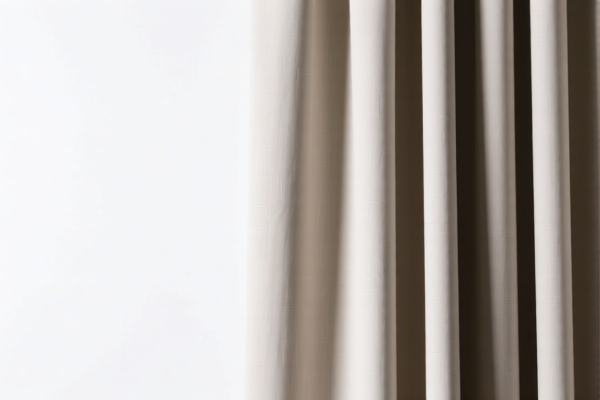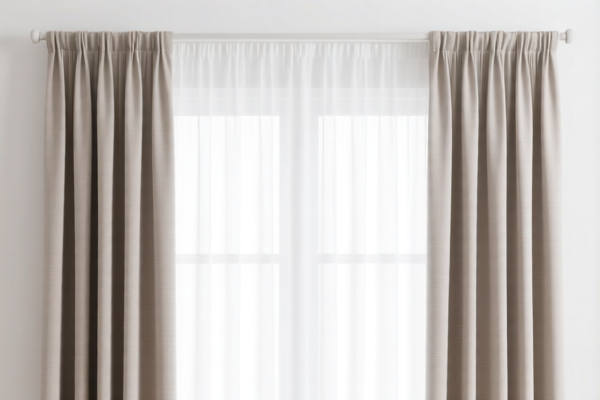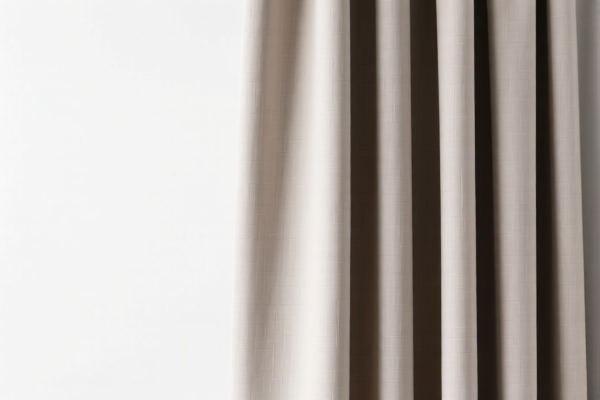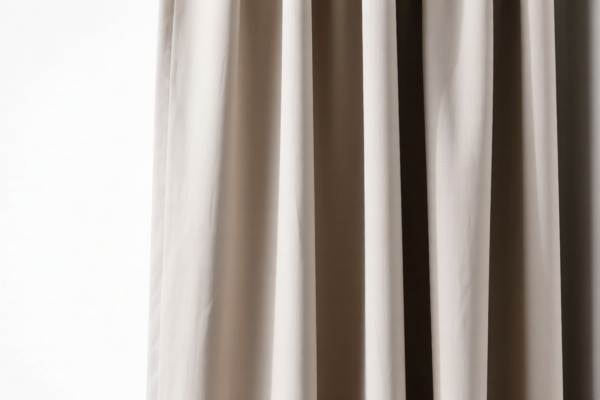| HS Code | Official Doc | Tariff Rate | Origin | Destination | Effective Date |
|---|---|---|---|---|---|
| 4201006000 | Doc | 57.8% | CN | US | 2025-05-12 |
| 4205008000 | Doc | 55.0% | CN | US | 2025-05-12 |
| 4205000500 | Doc | 57.9% | CN | US | 2025-05-12 |
| 6305900000 | Doc | 43.7% | CN | US | 2025-05-12 |
| 6305390000 | Doc | 45.9% | CN | US | 2025-05-12 |
| 6310902000 | Doc | 37.5% | CN | US | 2025-05-12 |




Curtain Rope
Curtain rope, also known as cord for curtains, is a functional element used in operating various curtain styles. It serves as the primary mechanism for raising, lowering, and holding curtains in a desired position.
Material
Curtain ropes are commonly manufactured from several materials, each offering distinct properties:
- Nylon: A widely used synthetic material known for its high tensile strength, durability, resistance to abrasion, and relatively low cost. Nylon ropes are suitable for most curtain weights and offer good longevity.
- Polyester: Similar to nylon in strength and durability, polyester ropes exhibit superior resistance to UV degradation and stretching, making them ideal for curtains exposed to sunlight.
- Cotton: Historically used, cotton ropes offer a natural aesthetic but are less durable and more prone to stretching and wear compared to synthetic options. They are often used for lighter curtains or decorative purposes.
- Metal (Steel Cable): Used for heavy-duty applications, such as stage curtains or large blackout drapes, steel cables provide exceptional strength and minimal stretch.
Purpose
The core purpose of curtain rope is to provide manual control over curtain movement. Specifically, it facilitates:
- Raising and Lowering: The rope allows users to adjust the vertical position of the curtains.
- Holding Position: The rope, often in conjunction with cleats or cord locks, secures the curtains at a specific height.
- Traversing: In traversing curtains, the rope guides the curtain along a track.
Function
The function of a curtain rope relies on a simple mechanical principle. The rope is connected to the curtain’s leading edge (or a carrier attached to it) and runs through a series of pulleys or guides. Pulling the rope causes the curtain to move. The rope’s diameter and construction determine its load-bearing capacity and ease of operation.
Usage Scenarios
Curtain ropes are employed in a wide variety of settings:
- Residential: Used in homes for operating standard curtains, drapes, and valances.
- Commercial: Found in offices, hotels, and restaurants for controlling larger curtains or drapes.
- Theatrical: Essential for stage curtains, allowing precise control of movement for performances.
- Decorative: Used in conjunction with decorative curtain rods and hardware to enhance the aesthetic appeal of a room.
Common Types
Several types of curtain rope systems exist, categorized by their operating mechanism:
- Single-Pull Cord: The most basic system, involving a single cord to raise and lower the curtain.
- Two-Pull Cord: Utilizes two cords – one to raise and one to lower – providing more control and balance.
- Traversing Cord: Used with traversing curtains, guiding the curtain along a track horizontally.
- Cord Lock Systems: Employ a cord lock mechanism to secure the curtains at a desired height. These locks are typically plastic or metal devices that clamp onto the rope when pulled.
- Cleat Systems: Utilize cleats to wrap and secure the rope, offering a traditional and secure method of holding curtains in place.
Curtain rope generally falls under articles of twine, cordage, rope and cables, of textile materials.
Here are the relevant HS codes based on the provided reference material:
- 6310902000: Used or new rags, scrap twine, cordage, rope and cables, and worn out articles of twine, cordage, rope or cables, of textile materials: Other: Other. This code covers both used and new curtain rope made of textile materials, as well as worn-out articles of such materials.
- 63: Sacks and bags, of a kind used for the packing of goods; textile materials. This chapter broadly covers articles made of textile materials.
- 10: Twine, cordage, rope and cables, of textile materials. This heading specifically focuses on articles made from twine, cordage, rope, and cables.
- 90: Other. This subheading covers articles not specifically classified elsewhere within the heading.
- The total tax rate for this HS code is 37.5% (基础关税: 0.0%, 加征关税: 7.5%, 2025.4.2后加征关税: 30%).
According to the provided reference material, the HS code options related to 'curtain rope' are limited, with only the following 1 found.
Customer Reviews
No reviews yet.